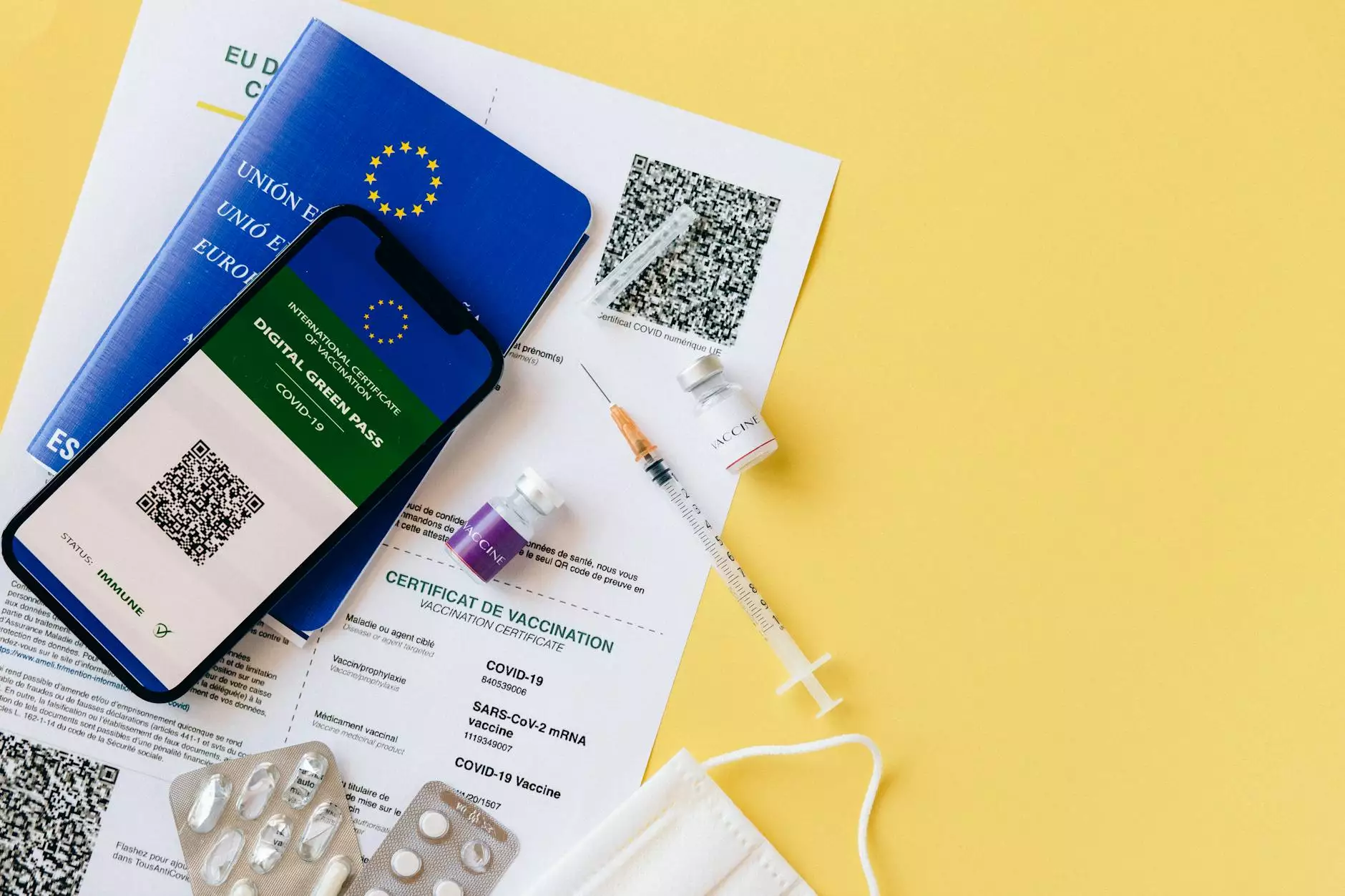How RFID Bracelets Work: A Comprehensive Guide

RFID bracelets have become an essential technology in various sectors, from event management to healthcare. Understanding how these innovative devices operate not only sheds light on their functionality but also unveils the myriad of advantages they offer. This article dives deep into the intricate mechanics of RFID technology, its applications, and the benefits it brings to businesses and consumers alike.
Understanding RFID Technology
RFID stands for Radio-Frequency Identification. It is a technology that uses electromagnetic fields to automatically identify and track tags attached to objects. An RFID system typically consists of three main components:
- RFID Tags: These are small devices containing a chip and an antenna, which hold the data related to the item it is tagged to.
- RFID Readers: Also known as interrogators, these devices emit radio waves to communicate with the RFID tags and retrieve the information stored on them.
- Data Processing System: This component interprets the information gathered from the RFID readers and provides actionable insights.
What Are RFID Bracelets?
RFID bracelets are wristbands that are embedded with RFID tags. They are designed to be worn by individuals and can serve multiple purposes, from identification and access control to cashless transactions and tracking.
These bracelets come in various forms, including silicone, fabric, and plastic, tailored for different applications and environments. Their flexibility, durability, and affordability make them a popular choice in various settings.
The Components of RFID Bracelets
Like standard RFID technology, RFID bracelets consist of:
- RFID Tag: The primary component, which contains a unique identifier and other necessary data.
- Antenna: This component allows the tag to communicate with RFID readers by sending and receiving signals.
- Wristband Material: The outer material can vary based on the intended use, ensuring comfort and durability.
How RFID Bracelets Work
Now that we understand the components, let’s explore the process of how RFID bracelets work:
1. Initialization
The first step involves programming the RFID tag with relevant data, such as a unique identifier, personal information, or access rights. This is done at the manufacturing level or through a data processing system.
2. Activation
When an individual wears the RFID bracelet, it remains inert until it comes within range of an RFID reader. Typically, the operational range can vary from a few centimeters to several meters based on the type of RFID technology used (active, passive, or semi-passive).
3. Communication
When the RFID reader emits radio waves, the tag captures the energy using its antenna. It then reflects the signal back to the reader, along with the data encapsulated in the tag, including the unique identifier for the bracelet.
4. Data Processing
The RFID reader receives the information and sends it to a data processing system, where it is analyzed. The system can trigger events based on the data received, such as granting access to an area, processing a payment, or updating a user’s attendance records.
Applications of RFID Bracelets
The versatility of RFID bracelets has led to their adoption in various industries:
1. Event Management
RFID bracelets are widely used in concerts, festivals, and conferences for:
- Entry Control: Reducing wait times and enhancing security by allowing quick and easy check-ins.
- Cashless Transactions: Enabling attendees to make purchases by tapping their wristbands, eliminating the need for cash.
- Tracking Attendance: Streamlining the process of monitoring attendance for sessions and events.
2. Healthcare
In the healthcare sector, RFID bracelets assist in:
- Patient Identification: Ensuring accurate patient records by linking bracelets to electronic health records.
- Asset Management: Tracking medical equipment and supplies effectively to reduce losses.
- Medication Administration: Enhancing patient safety by ensuring the right medication is administered to the right patient.
3. Retail
Retailers utilize RFID bracelets for:
- Enhanced Customer Experience: Providing personalized services and offers based on customer behavior.
- Inventory Management: Allowing real-time tracking of stock levels, ensuring items are always available.
Benefits of RFID Bracelets
The adoption of RFID bracelets brings numerous advantages to businesses and consumers:
1. Improved Security
RFID technology enhances security by ensuring that only authorized users have access to specific areas or services, thus reducing the risk of unauthorized entry.
2. Increased Efficiency
With faster check-in processes and streamlined transactions, organizations can significantly reduce waiting times and manage large crowds more effectively.
3. Cost Savings
Although the initial investment in RFID technology might be high, the long-term savings achieved through improved operations and reduced labor costs often justify the expense.
4. Enhanced Customer Satisfaction
By implementing RFID bracelets, businesses can provide a seamless experience to their customers, leading to greater satisfaction and loyalty.
Challenges and Considerations
While RFID bracelets offer substantial benefits, there are challenges that businesses may face:
1. Privacy Concerns
The tracking capabilities of RFID technology may raise privacy issues. It is crucial for organizations to encrypt data and take measures to protect personal information.
2. System Integration
Businesses must ensure that the RFID system integrates well with existing technologies, which may require significant time and resources for implementation.
3. Cost of Implementation
Although RFID technology can lead to cost savings over time, the initial setup costs can be significant, especially for small businesses.
Conclusion
In summary, understanding how RFID bracelets work opens up avenues for leveraging this technology across various industries. From improving security to enhancing customer experiences, RFID bracelets are transforming how businesses operate. Despite the challenges, the benefits far outweigh the drawbacks, making RFID bracelets a valuable tool for modern enterprises. As technology advances, it’s likely that we’ll see even more innovative applications for RFID bracelets in the future.
Whether facilitating cashless transactions at events or streamlining patient identification in hospitals, the journey of RFID bracelets is just beginning. Businesses looking to improve efficiency and customer satisfaction should consider adopting RFID technology to stay competitive in the ever-evolving market landscape.









